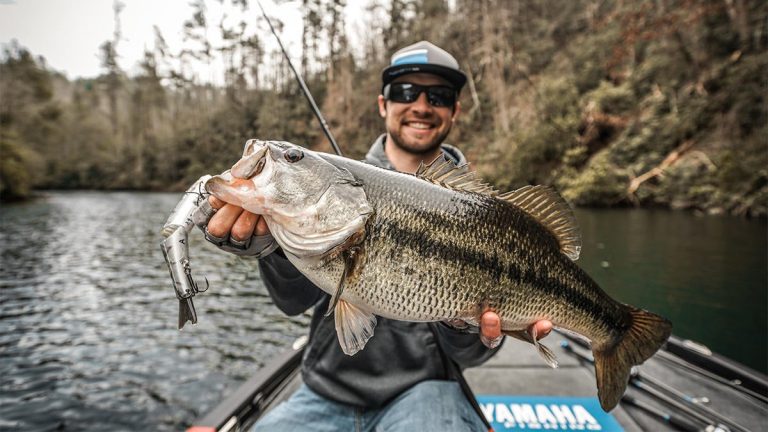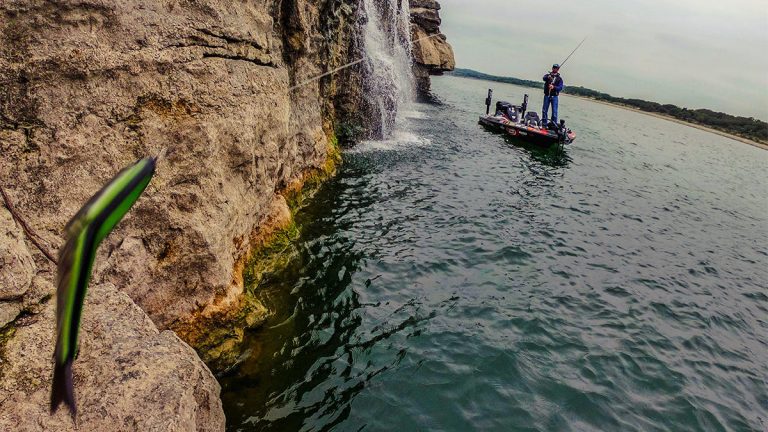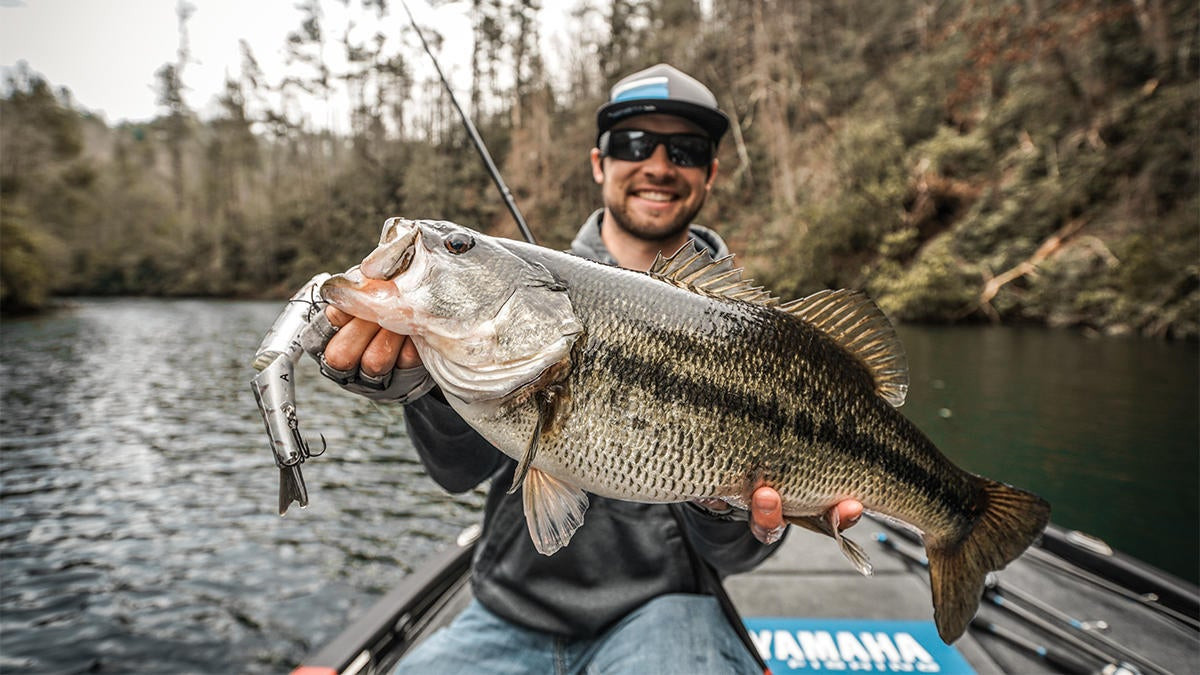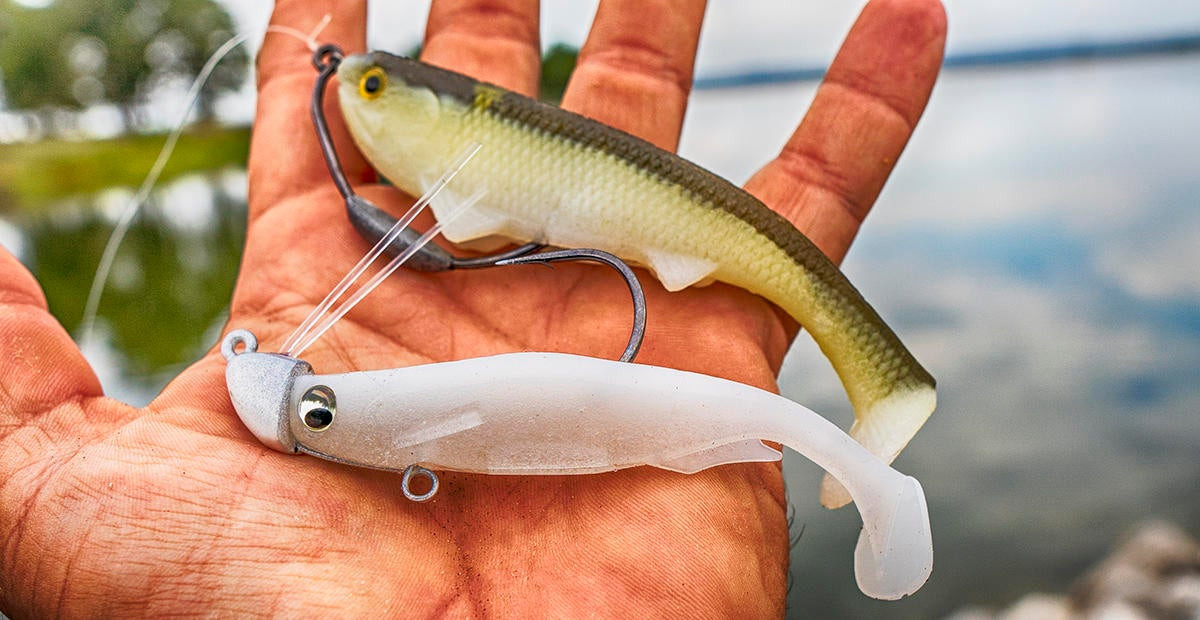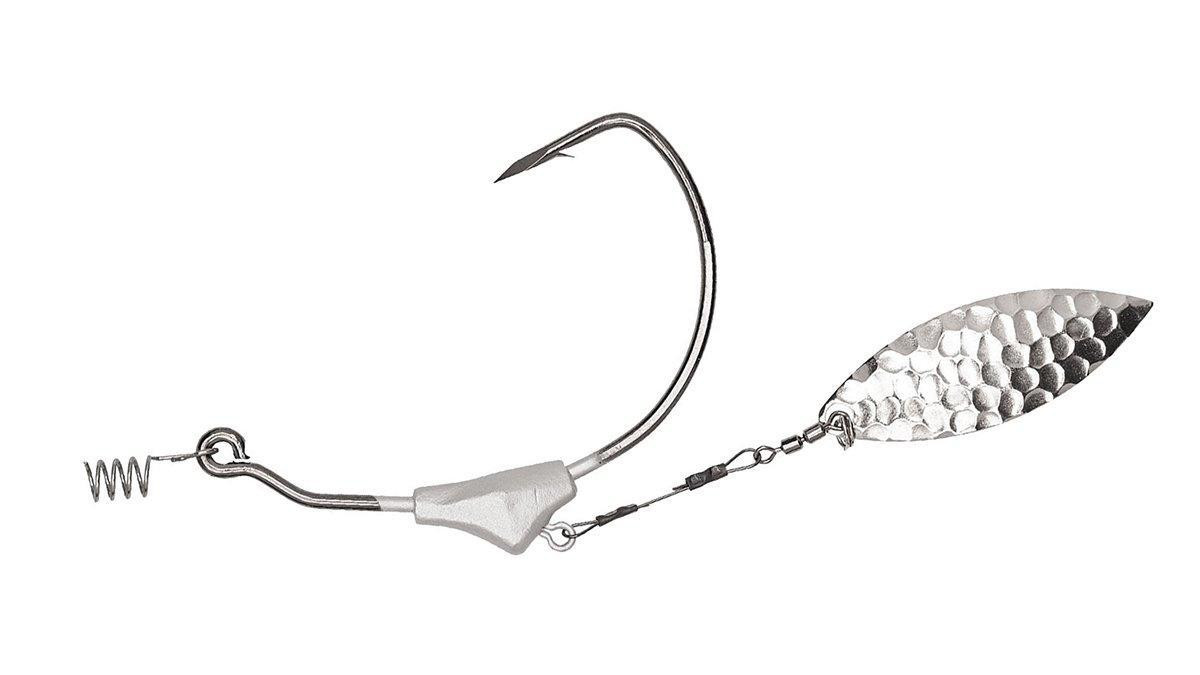Much of the mystique is gone in fishing. Sure, there’s still a lot we don’t know about the watery realm which lies beneath. But with all the advancements in technology we enjoy today, we can dang near peer into the soul of a fish from 50 feet away and quickly determine if, when, and how it can be caught. Once we make our determination, we also have the best tools ever to finish the job.
All of the tech and new gear is great, but I think it’s easier to get burnt out on fishing now than ever before. Some anglers just don’t want to adapt, others feel completely priced out of the competition by not being able to afford the latest and greatest; though guys like John Cox have proven you can still catch them with the proverbial cane pole in comparison to the insane money other anglers are spending.
And all of this is really irrelevant to this article with the exception of one key thing; this burnout feeling I’m talking about can be completely reversed by a handful of little niche deals that are spread out around the industry.
I personally had this burnout feeling about six months ago and finally tried kayak fishing on for size, and I absolutely loved it. It was rejuvenating. But to the point of what we’re here to talk about today, I also had this sense of disinterest when it came to fishing a couple years ago when I found swimbaits.
Now, I’m no swimbait expert by any means, but that’s kind of the point. I was so new to it and it was all so different that I really fell in love with it. Which in turn, was the spark I needed in my fishing in general. There’s something pure about big-bait fishing. It gets back to the very basic core of trying to trick a fish with nothing but a rod, reel, line and lure.
Sure, you might need a graph to find good offshore places for some of the deeper water applications and I’m sure things like Huddlestons are fun to throw in those situations. But I’m primarily talking about up-close, hand-to-hand combat in the thick of it with glide baits. Weaving the bait in, out and around cover. Waiting tensely for that big swiping blowup just as you’re about to cross a limb. That stuff gets my heart pumping again.
So I sat down with professional angler and swimbait savant Brandon Palaniuk to discuss his new swimbait, the Storm Arashi Glide Bait.
What interests me the most about this bait is that a mega-company like Rapala let a concept breathe for three years when so many other companies are rushing products out to market. And that’s not to knock other companies or say they’re pushing junk. Speed is simply the name of the game in the very competitive lure market. You must identify an area of opportunity and then quickly fill it before the opportunity has passed or someone else does.
Take the the Alabama rig for instance and the utter chaos that we saw as everyone brought their version to market as quickly as possible, only to see the whole market flooded and eventually collapse when most tournaments banned it. What many people don’t think about was the high-stakes gambling going on behind the doors of these massive companies producing these baits. Those companies win those bets more often than not, but still, it’s a lot to expect one to let you marinate an idea for three years before tossing it on the grill.
“I really appreciate Rapala trusting me to get it right before just putting something out,” Palaniuk said. “I think they knew I wanted it to be as close to what I thought was perfect as possible. I’ll be honest, I honestly think it’s the best glide bait out there right now that someone can buy in that size range (7 1/2 inches).
“There are different things that a 12-inch glide bait can do. But in that 7 1/2-inch size range, I believe whole heartedly that it’s the best one. I still have ideas and things that I want to implement in the future. But it was to a point where a seasoned swimbait guy or someone who has never thrown a glide bait before could pick it up and go catch fish on it.”
Versatility was very important to Palaniuk. Not only in that anyone could use the bait, but also that the bait could do a lot of things. Certain glide baits do certain things better than others. Some have a great, slow retrieve, wide glide but they blowout when you speed up the bait. Others have a great burning action, but fall short when you slow them down.
“I’ve thrown nearly every glide bait on the market during the process of making this bait,” Palaniuk said. “And I gathered inspiration from all those baits. I’m not afraid to say that. I would have one glide bait that I really loved that would glide beautifully really wide. But if I tried to twitch it really fast, it would want to blow out and wouldn’t do as much as I thought it could. So I tried to take as many bits and pieces as I could and get as versatile as possible.”




